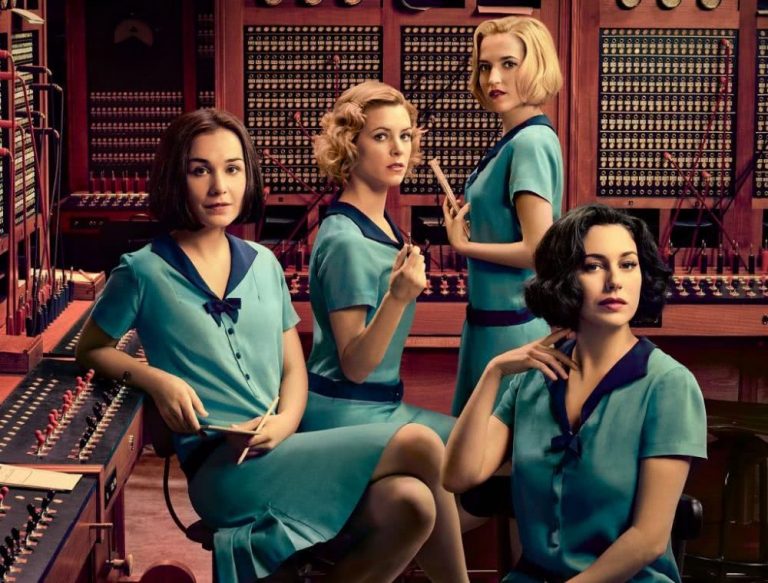The second season of the popular Las Chicas Del Cable series, set in Madrid in the 1920s, was recently released by Netflix, alongside La Casa Del Papel, the intriguing story of a heist gone wrong. Maybe this sounds unremarkable, and perhaps it would be, were it not for the fact that both are in Spanish.
Throw in Dark, a foreboding German sci-fi thriller that echoes Stranger Things, and 3%, a Brazilian-based teen dystopia, and you’ve got the makings of a wave that might just get notoriously-reluctant Australian audiences reading subtitles. So what’s behind this trend, and will it prove to be a lasting shift in our viewing habits?
Although more than 250 languages other than English are spoken at home in Australia, this linguistic diversity has been slow to influence language learning at schools and has been underrepresented in pop culture. The 2016 census found that 73 per cent of Australians only speak English at home, and our historical lack of interest in and access to foreign-language films and TV has reflected this fact, with SBS functioning as the only reliable option for foreign-language offerings.
The 2016 census found that 73 per cent of Australians only speak English at home.
However, a recent surge in popularity of TV shows filmed in languages other than English has been almost entirely led by Netflix, as the global streaming service and content producer has made hundreds of once niche shows accessible to viewers around the world.
First came Narcos in 2015, a runaway success which featured moderate use of Spanish by drug king-pin Pablo Escobar and his cronies. Although audiences came for the gritty scandals they stayed despite the subtitles, making Narcos one of the first shows to introduce Spanish to Australian audiences on a massive scale.
Then, in 2017, Australian viewers fell in love with the charismatic heroine of Jane The Virgin, a bilingual comedy influenced by Mexican telenovelas, making it the most searched show on the platform that year. The story of Jane’s artificial insemination and the subsequent chaos for her tight-knit Venezeulan family, including her grandmother Alba who is an undocumented immigrant and doesn’t speak English, is a compelling family tale that represented a shift in the way Latinos are portrayed on screen.
After dipping our toes in the water with Jane and Narcos, it seems we were ready for a Spanish immersion with the arrival of Las Chicas Del Cable, or Cable Girls last year. Following a group of young women working at Madrid’s first telephone company during the roaring ’20s, this melodrama explores the complex gender dynamics of the era (and features some gorgeous outfits.)
Netflix revealed that Las Chicas Del Cable was the 10th most-binged show in Australia.
Last year, Netflix revealed that Las Chicas Del Cable was the 10th most-binged show in Australia (defined as more than two hours per day of viewing time), behind US-based hits like Greenleaf, Gilmore Girls and 13 Reasons Why. The series is currently rated 90 per cent on Rotten Tomatoes and, with only eight episodes per season, has audiences clamouring for more.
A look ahead at Netflix’s 2018 releases reveals there is so much more international content to come. German historical thriller Babylon Berlin is already proving popular as it chronicles the social tumult in the city in the lead up to the Third Reich, and building on the obsessive success of Dark. Other foreign-language series to keep an eye out for later in 2018 include a Japanese anime set in a school of gamblers titled Kakegurui, and Osmosis, a French sci-fi drama about an all-knowing dating app.
Spanning languages, genres and demographics, these Netflix Original series prove there is absolutely something for everyone in the golden age of streaming. And as Netflix continues its rapid push into Europe, Asia and Latin America, the classic Aussie refrain of “I don’t do subtitles” may soon become a thing of the past.
Las Chicas Del Cable is available to stream on Netflix now.
https://www.youtube.com/watch?v=cSBa8u_oEQM


































